WICMA: A Laboratory For Corrugation And Packaging
Western India Corrugated Manufacturers’ Association (WICMA) is a forerunner in promoting research and enhancing the quality standards of the corrugation industry across India. At WICMA’s testing laboratory and R&D-cum-training centre in Mumbai, PrintWeek India looks at the important experiments and evaluations essential to manufacturing the perfect brown box.
Words and photographs: Anand Srinivasan and Rushikesh Aravkar
03 Apr 2014 | By PrintWeek India
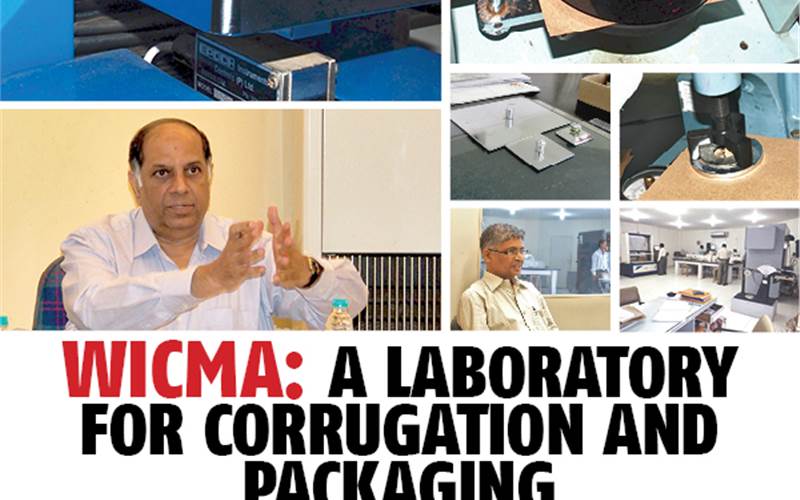
Established in 1967, WICMA is an association of corrugated box manufacturers in Western India. It is affiliated to the national body called Federation of Corrugated Box Manufacturers of India (FCBM).
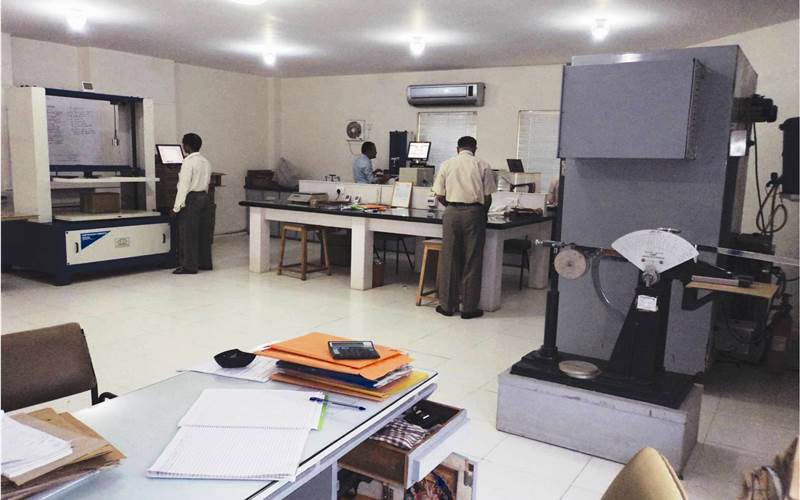
WICMA's R&D centre was inaugurated on 16 September 1998 with an objective to technologically support the association members, other corrugators, paper mills, dealers and raw material suppliers among others. It is equipped with testing equipment.
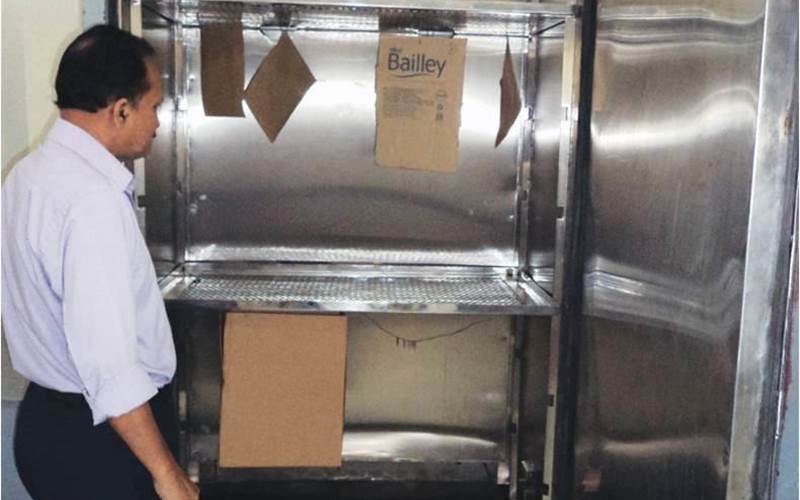
The humidity chamber conditions the samples to be tested at 65+/-2% relative humidity and 27+/-2 degree celsius temperature prior to testing. This is inline with the FCBM standards for corrugated box testing.
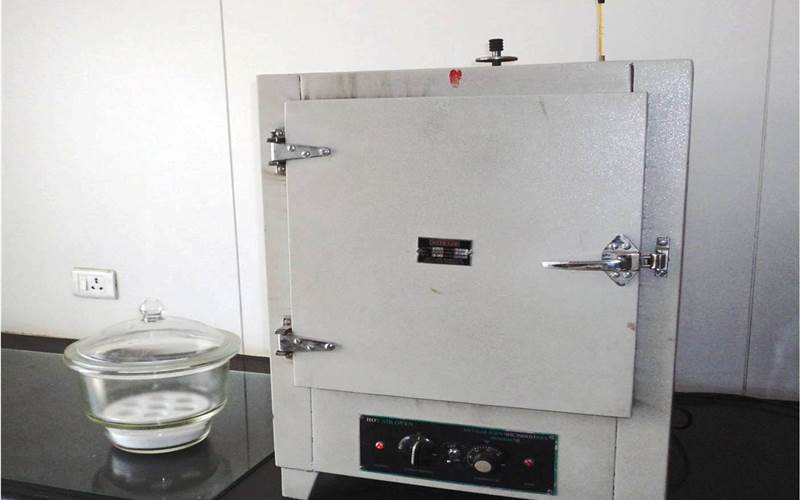
A temperature regulated, air ventilated oven, tests the moisture content of paper and boards and solid content of adhesives.

Paper cutting templates used for grammage testing of kraft paper.

A basic parameter: grammage or GSM. This analogue GSM tester measures and directly indicates substance of paper and paper boards in terms of grams per sq/m.
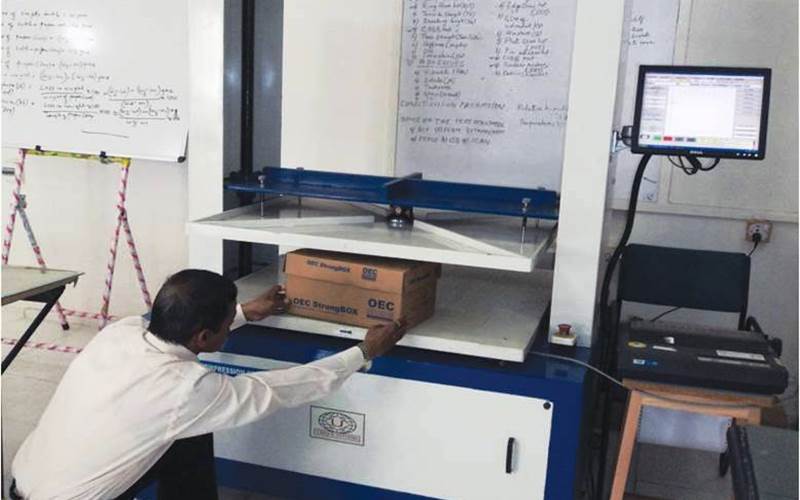
When it comes to corrugated boxes, box compression strength (BCT) is the crucial factor determining strength of the box since the box is primarily used for stacking in warehouses.
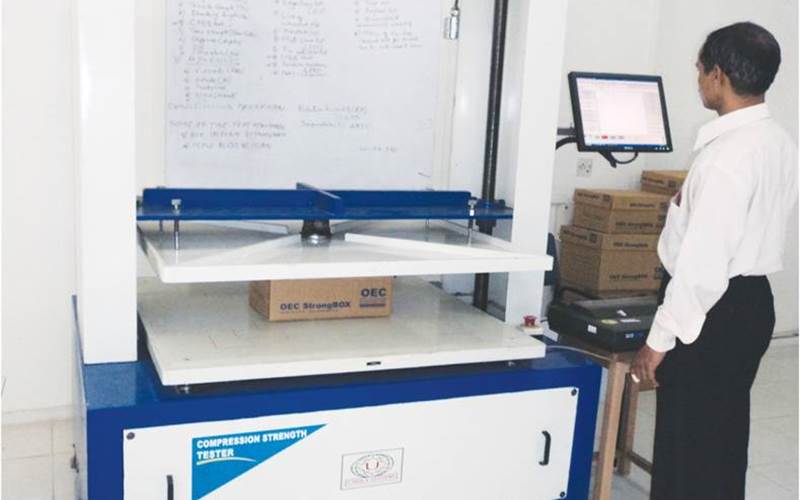
BCT determines the resistance of the box to vertically applied compressive loads during transit and storage. The ultimate test for determining overall quality and performance of the packages.

As the upper platen of the BCT tester gradually lowers, the load on the box placed between two platens increases until a peak point, which indicates the maximum load that the box can withstand.
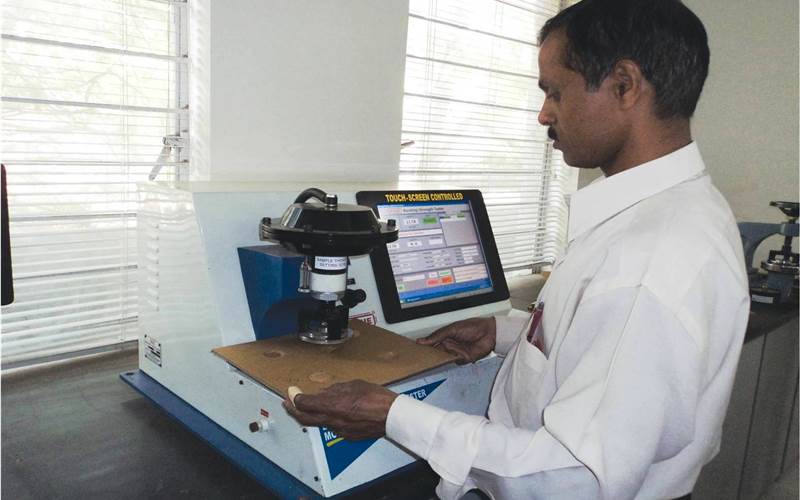
The Bursting Strength (BS) is a widely used measure of resistance to rupture in kraft paper and corrugated board.

In this test, the test specimen, held between annular clamps, is subjected to an increasing pressure by a rubber diaphragm, which is expanded by hydraulic pressure at a controlled rate, until the test specimen ruptures.

In addition to bursting strength, one frequently reports the burst factor (BF). It is used as a parameter to select kraft paper for making a box. BF is calculated as: BF=(BS)x1000/GSM.

The BS is measured in kg/cm2, lbs/in2, and kpa.

While the kraft paper is specified in terms of GSM and BF, it is the ring crush test (RCT) of kraft paper and edgewise compression test (ECT) of corrugated board, which can be directly co-related to the BCT of the corrugated box.

The RCT of paper is defined as the maximum vertically applied compressive force on the rim of circular ring of paper without the paper buckling. The strips measure 0.5x 6-inch (1.27x15.24cm).

The samples are held in a ring shape by a special holder and a load is applied to the ring until the sample buckles.

The test is performed on sample strips cut in both the machine direction and cross direction. However, the cross direction RCT values are significant because almost all corrugated boxes are made with their flutes vertical, to best contribute to stacking strength.

As RCT is to kraft paper, ECT is to corrugated board. ECT of a corrugated board is defined as the maximum vertically applied compressive force along the edge of the board without the board buckling. It uses the same equipment as that of the RCT test with a different specimen holder.

Another significant test in corrugated world is the COBB test. The ability of a hygroscopic material to resist the penetration of water is referred to as a Cobb test. This test permits the determination of the quantity of water that can be absorbed by the surface of paper or board in a given time.

Cobb test determines the quantity of water that can be absorbed by the surface of paper or board in a given time. The rate at which the liner will absorb water can affect the quality of manufacturer's joint and gluability of boxes since most adhesives are water-based.

In this test, a weighted specimen of kraft paper is immersed in a water column for a fixed period of time.

The sample is then taken out and surplus water is removed with a blotting paper and weighed.
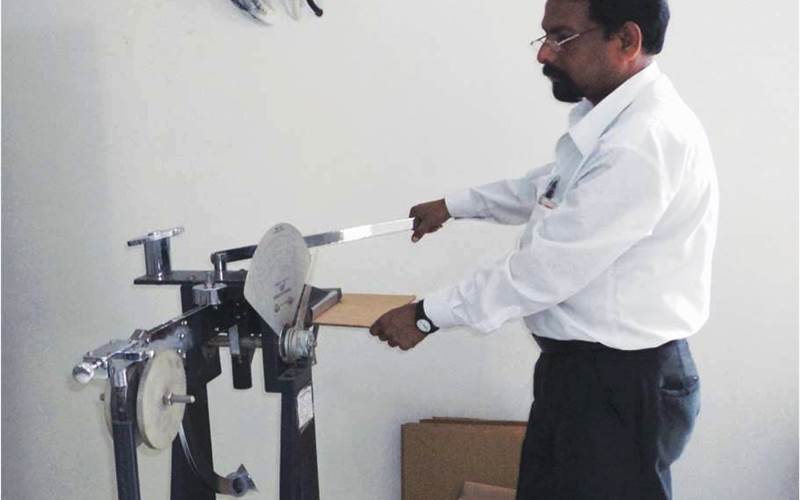
In the picture is a puncture resistance test in progress. It measures the energy required to punch through a corrugated board.
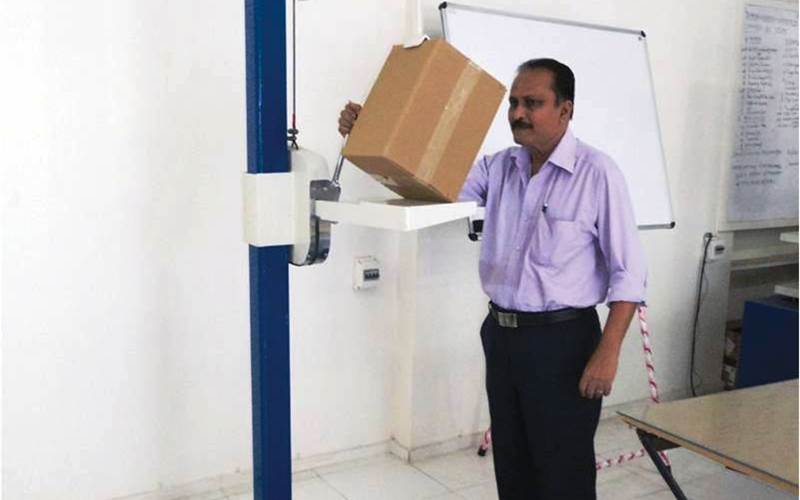
The drop test is the ability of the box to withstand rough handling. It determines the degree of protection offered to the contents of the package.

A fluter for preparing a broad flute of medium for testing Concora Medium Test (CMT).

YM Rao heads the WICMA laboratory, which conducts more than 500 tests per month.

The mastermind behind WICMA's R&D Centre is the chairman Pankaj Shah. Shah says: We have successfully completed researches on five different projects which was authorised by the Department of Scientific and Industrial Research (DSIR).

The core committee at WICMA: (l-r) Deenu Shetty, honorary secretary; Bharat Parekh, president; Baldev Mehta, vice chairman at WICMA.
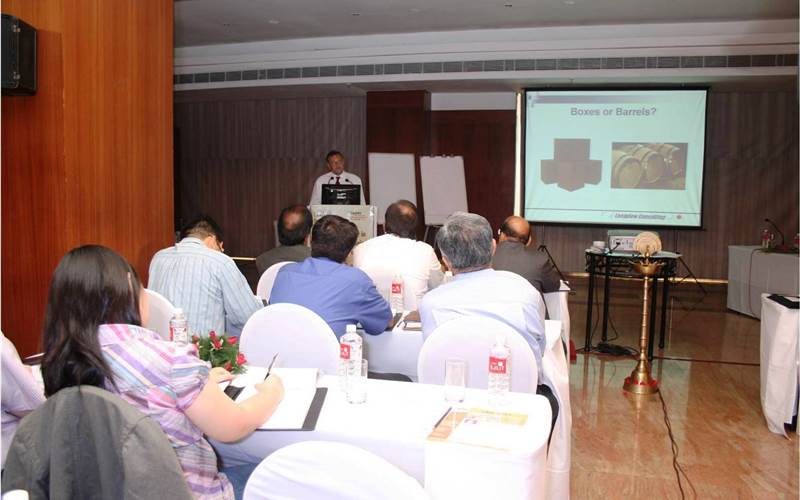
Besides testing and R&D services, WICMA also conducts educational courses. The first course started in 1991.
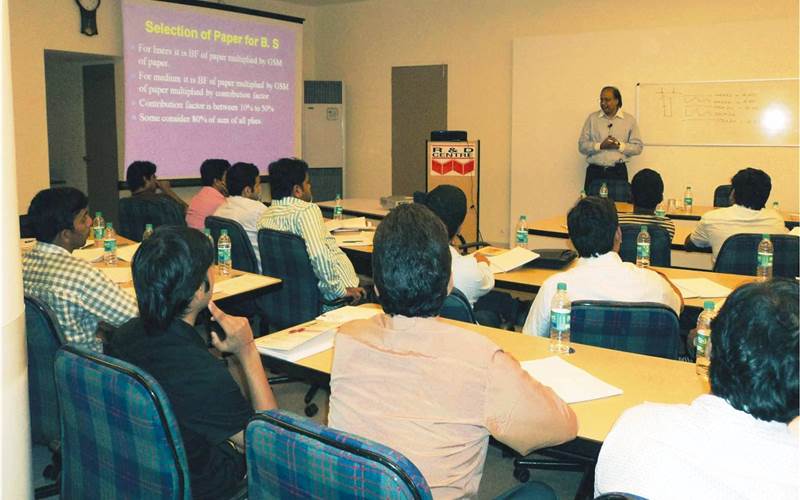
There are three types of cources: Certificate Course in Corrugated Packaging – Automatic Process, Certificate Course in Corrugated Packaging – Semi Automatic Process and Practical Course in Testing.

The certificate courses are recognised by FCBM and TAPPI (Technical Association of Pulp and Paper Industries, USA).
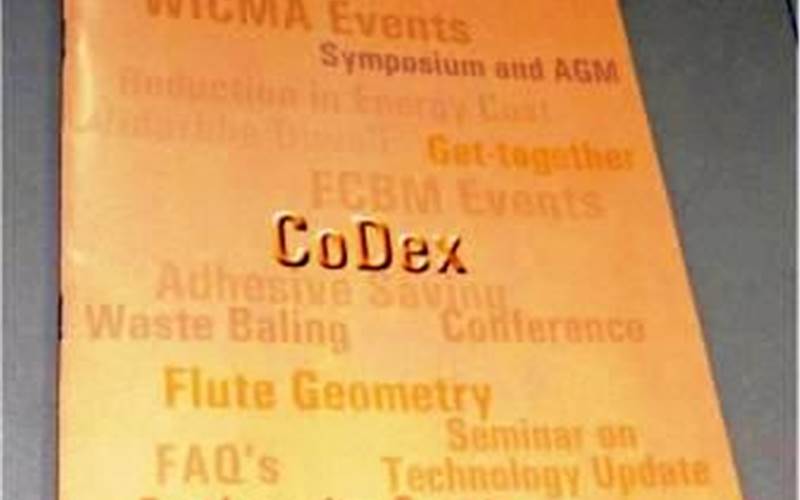
WICMA publishes a quarterly magazine, which highlights of corrugated packaging industry. CoDex, an index for costing was developed by WICMA in January 2010 to ease the costing. “As for the price front, CoDex serves to guide, point-out or otherwise facilitate reference,” says Shah. The CoDex indexing happens every quarter of a year.
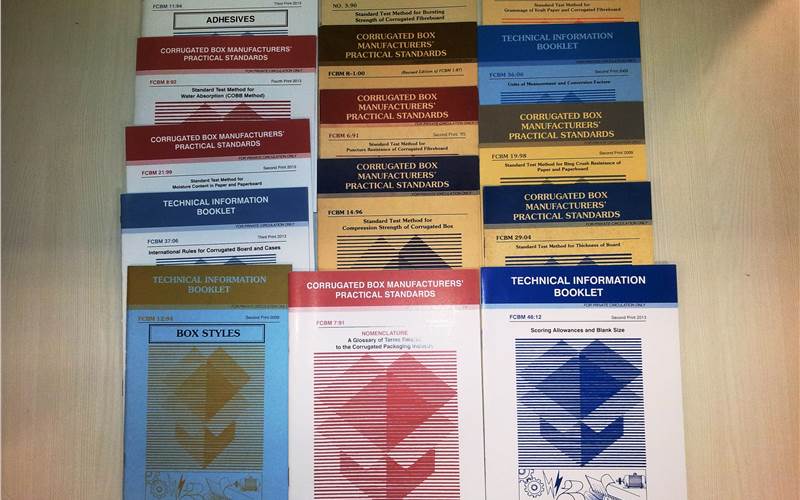
WICMA has also published reference technical literature for corrugation industry. This includes test procedures, standards, and other technical aspects of corrugation.
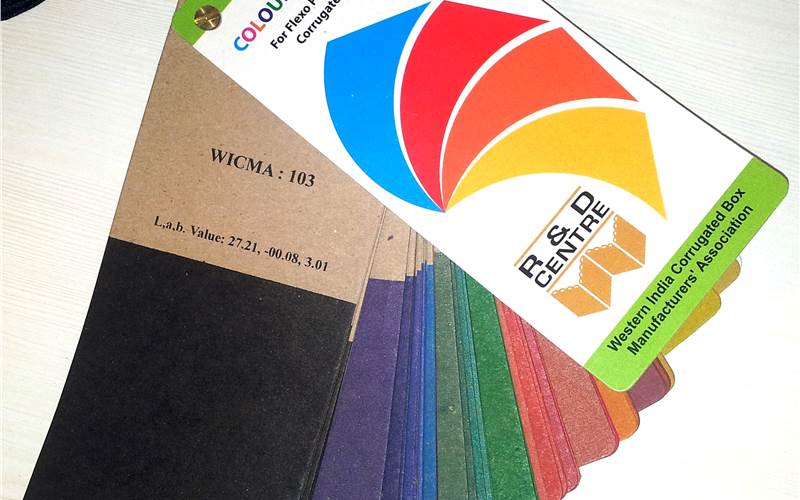
One of the highlights of WICMA's research work is the colour swatch book for kraft paper. WICMA standard colour chart for flexo inks used in the CFB industry is widely accepted in the industry.







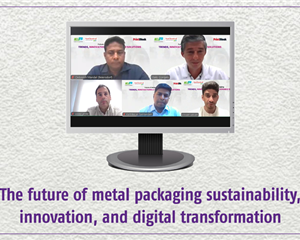

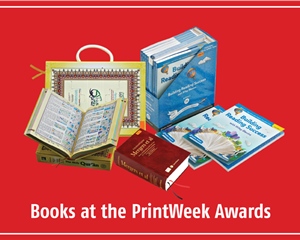
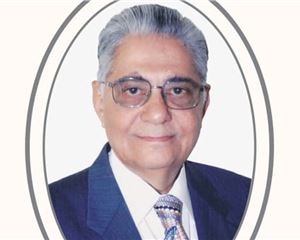
 See All
See All